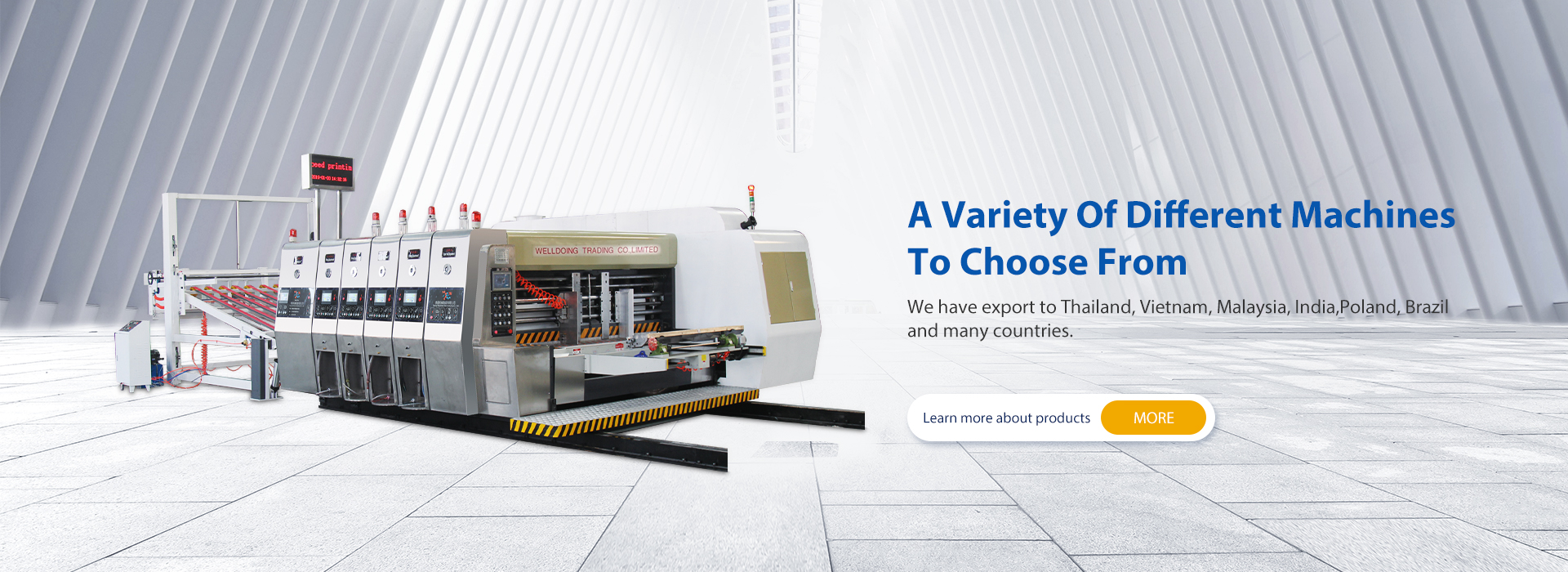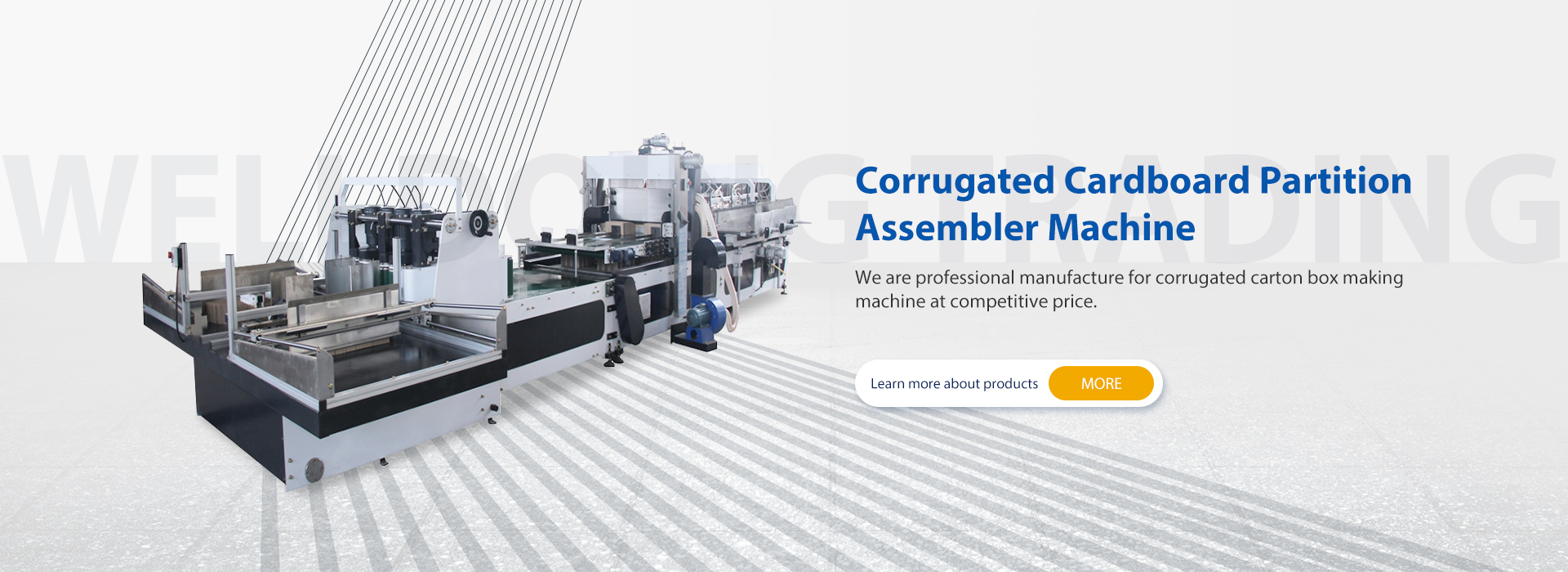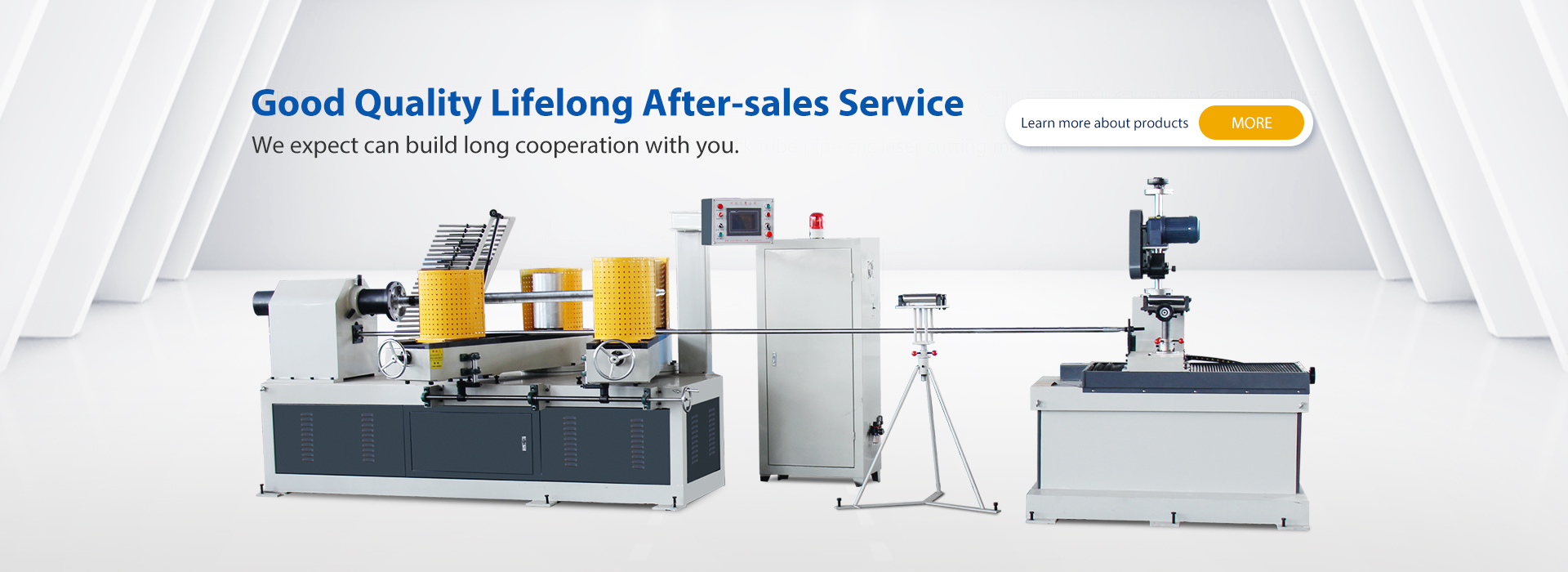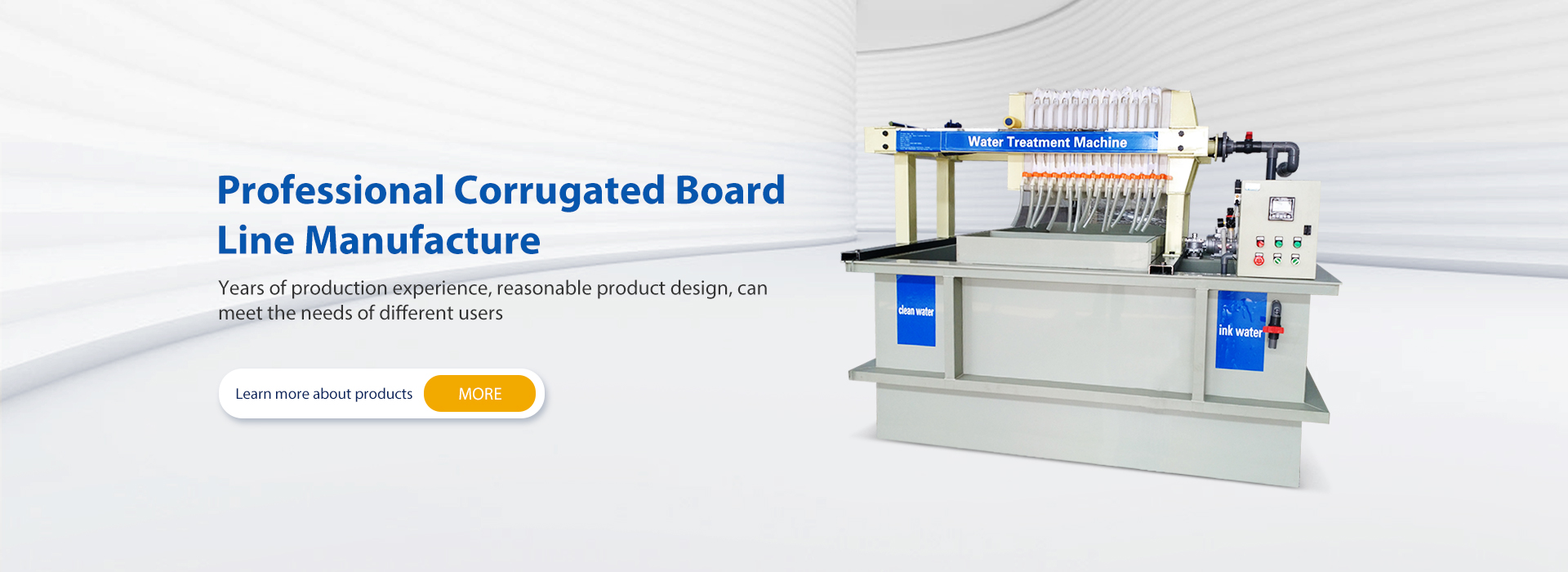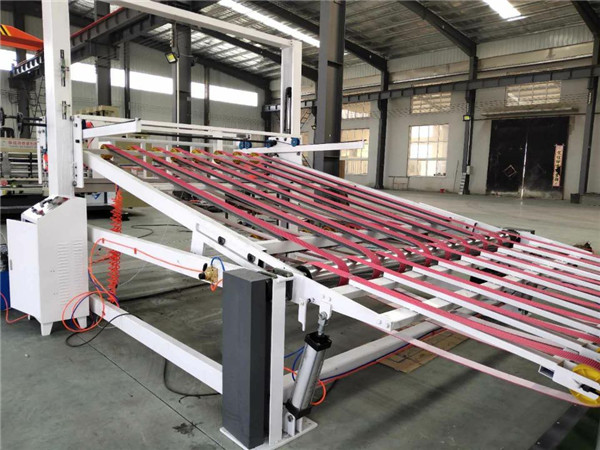Modern printing press is generally composed of plate loading, inking, embossing, paper feeding and other institutions. When working, it first makes the text and image to be printed into a printing plate and installs it on the printing press, then applies ink to the place where the text and image are on the printing plate manually or by the printing press, and then directly or indirectly transfers it to paper or other substrates, so as to copy the same printed matter as the printing plate.
Printing machine are divided into relief, lithography, intaglio and hole printing presses according to the form of printing plate; According to the plate loading and embossing structure, it is divided into flat press, circular press and circular press.
Relief printing press is the oldest printing press. The graphic part of the printing plate surface is convex and the blank part is concave. When the machine works, the cot coated with ink rolls over the plate surface, and the raised graphic part is stained with a uniform ink layer, while the concave blank part is not stained with ink. The of the pressure mechanism transfers the ink to the surface of the printed matter, so as to obtain a clear impression and copy the required printed matter.
Relief printing press mainly has three types: flat press, round press and round press. Flat press relief printing press is also called flat press printing press. The plate table and embossing mechanism of the printing plate are planar. When working, the printing plate is in full contact with the embossing plate. The total pressure borne by the machine at one time is relatively large and the relative embossing time is longer. This kind of printing machine requires that the printing plate and embossing plate be flat and the printing format is small; The circular platen relief printing press is also called platform printing press. The platen table of the printing plate is planar, and the embossing mechanism is a circular cylinder. When the machine works, the plate table moves back and forth, and the printing speed is limited, so the output is not high; The rotary relief printing press, also known as the rotary transfer printing brush machine, is equipped with the plate table and the embossing mechanism of the printing plate, which are circular rollers. When the machine works, the embossing cylinder moves with the printed matter and contacts with the printing plate cylinder. The embossing cylinder and plate cylinder rotate continuously and rapidly, so the productivity is high.
The graphic part of the printing plate surface of a lithographic press is almost on the same plane as the blank part. It uses the principle that water and oil repel each other to make the graphic part resistant to water and oil, and the blank part resistant to oil and hydrophilic without ink. Under the action of pressure, the ink of the inking part is transferred to the surface of the printed matter, so as to complete the printing process.
After adopting the indirect printing method, the lithographic press has developed rapidly and has many varieties, such as micro offset press for office, large, multi-color and high-speed offset rotary press for books, newspapers and magazines, and lithographic press for flat paper or web paper, single-sided printing or double-sided printing. Among them, monochrome Offset Press and web offset press are representative. Electronic computer control devices have been widely used in lithographic presses, and the technology is becoming more and more advanced. Plate making equipment has also developed to the use of electronic color separators, and pre coated photosensitive plates are widely used.
The main feature of gravure printing press is that the graphic part on the printing plate is concave and the blank part is convex, which is just opposite to the layout structure of gravure printing press. When printing monochrome, the machine first rolls the printing plate in the ink tank, and the whole printing plate surface is coated with an ink layer. Then, the ink layer belonging to the blank part on the printing plate surface is scraped off, the convex part forms a blank, and the concave part is filled with ink. The deeper the concave part is, the thicker the ink layer is. The machine transfers the ink in the concave part to the printed matter through pressure, so as to obtain the printed matter.
When printing multi-color, overprint method or indirect local inking method is adopted, so that the inks of various colors are distributed on the relevant parts of the printing plate surface according to the needs. The basic printing principle of printing multi-color is the same as that of printing single color. There are mainly two kinds of printing plates used in gravure printing press. One is photographic gravure, that is, photowriting plate; The other is engraving. The engraving of engraving plate includes manual engraving, mechanical engraving and electronic engraving.
Screen printing machine belongs to the representative printing equipment of hole plate printing machine. Its printing plate is a crisscross, longitude and latitude clear screen woven from silk and other materials. It has produced a variety of screen printing machines such as plane, curved surface, forming, printing and dyeing, printed circuit and new rotation. Among them, the speed and productivity of the new rotary screen printing machine are relatively high. Its characteristic is that the screen is installed on the drum and the ink is poured in the drum. When the machine works, the drum rotates, and the rubber scraper quickly prints the pattern on the printed matter.
In addition to real silk, nylon wire, copper wire, steel wire or stainless steel wire can also be used to make wire mesh. The principle of hole printing applied by screen printing machine originated from ancient template printing. Hole plate printing has many forms, such as transcription plate, hollow plate, spray printing and screen printing. Screen printing was originally operated manually. At that time, there was only one plate frame, one screen plate and one template. It was not until the 1950s that screen printing realized mechanization and automation. The roller screen printing machine has a large amount of ink when printing. It is suitable for printing printed materials with thick ink layer. It can be printed on all kinds of paper, glass, wood, metal, ceramics, plastic or cloth. It can use a variety of inks, including conductive metal inks.
Modern printing machinery is further developing towards high speed, high efficiency and high quality. Large, multi-color, multi-functional, automatic, linkage and serialization models are also increasing day by day.
For example, on the basis of the original main types, the combination of units of the same type can change single-sided and monochrome printing into single-sided and multi-color printing, and double-sided and monochrome printing into single-sided and two-color printing; Combined with different types of units, it can be recombined into various combined printing machines such as offset printing, gravure printing and embossing.
Tom (oversea manager) Phone:0086 13303078975 / 17772697357(whatsapp,wechat,line)
Email :cartonmachine.tomwang@aliyun.com
https://www.wd-cartonmachine.com
Post time: Sep-01-2021

